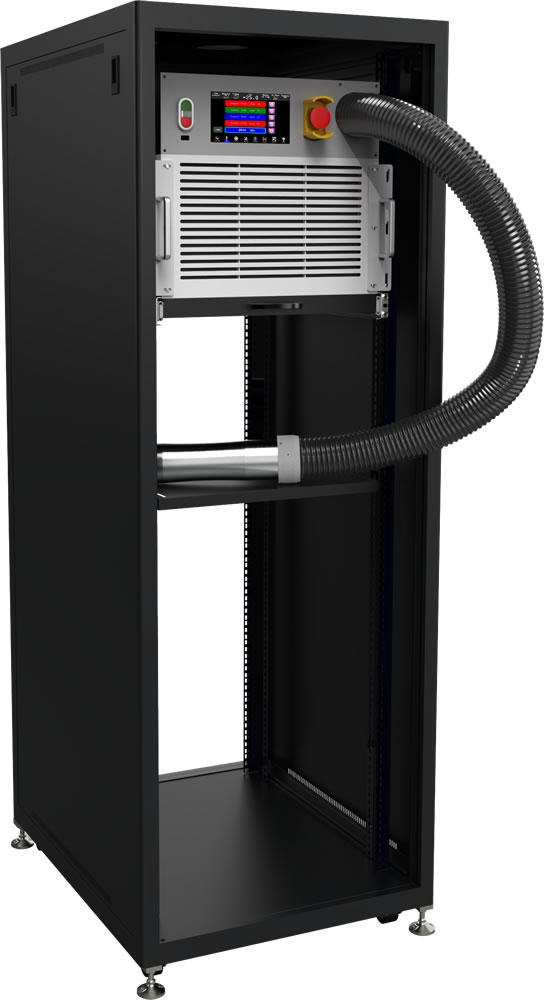
Comprehensive Insights into Semiconductor Sturdiness Testing in Extreme Conditions
Exploring the Semiconductor Durability
The Imperative of Semiconductor Testing in Today's Tech Landscape
In an age characterized by fast tech advancement, component sturdiness of electronic components is essential. High-performance electronics are growing increasingly common, necessitating elements that can withstand rigorous conditions. Semiconductor sturdiness assessment, especially in extreme conditions, is vital. By performing thorough temperature fluctuation and thermal testing, engineers are able to determine the robustness of these parts, guaranteeing reliable operation under challenging conditions.
Electronic Durability: A Multi-Industry Keystone
The wide spectrum of fields counting on electronic technology, such as telecommunications, sensors, vehicle electronic systems, and AI, underscores the pivotal essential role of electronic durability. In these sectors, endurance in rigorous environments remains mandatory. Employing thorough durability examination, particularly in extreme situations, is crucial. This incorporates detailed thermal cycling and temperature assessment, which are critical in verifying the durability and sturdiness of electronic components, thereby solidifying their performance in diverse critical applications.
The Function of Environmental and Climate Test Enclosures in Electronic Testing
Electronic examination constitutes an detailed procedure where exactness and advanced methodologies converge to test the boundaries of these elements. Environmental test facilities play a critical role in this process, creating ideal settings for exposing electronic parts to severe thermal conditions. These chambers are essential for replicating real-world conditions, providing information into semiconductor performance and durability under temperature stress.
The Essence of Thermal Assessment in Semiconductor Reliability
Understanding the Influence of Thermal on Semiconductors
Temperature assessment is essential to semiconductor reliability, especially in harsh conditions. Semiconductors encounter a wide range of temperatures during their lifecycle, making it essential to examine their performance and durability under such situations. Thermal cycling, involving repeated thermal fluctuations, simulates real-world scenarios in automotive and aerospace applications. This process helps spot potential engineering defects, enabling improvements before production.
Advanced Tools for Exact Temperature Testing
Specialized instruments, such as environmental testing chambers and thermal testing equipment, are utilized for Temperature Cycling Tests For Electronics accurate temperature assessment. These instruments enable for controlled temperature variation, offering knowledge into a semiconductor's operation boundaries. Rigorous temperature testing supplies data on how equipment react to temperature stress, assisting in identifying their operational durability across time.
Innovations in Temperature Cycling Examinations
Transforming Electronic Testing with State-of-the-Art Enclosures
Significant progress in thermal testing techniques have been made, especially in the development of advanced testing chambers. These chambers offer exact control over thermal variations, enabling controlled temperature cycling and the detection of semiconductor vulnerabilities, securing robustness in actual operating conditions.
Enhancing Examination Efficiency with Automated Systems
The integration of automated testing equipment into temperature fluctuation examinations has been a revolutionary development. Automation minimizes human error and enhances testing repeatability. Automated systems can efficiently cycle through thermal profiles, offering objective measurements of semiconductor performance, thus saving time and improving durability.
The Evolution of Thermal Cycling Algorithms
Improvements in temperature fluctuation algorithms have allowed for more sophisticated and precise assessment patterns, including fast thermal transitions, step changes, and gradual temperature ramps. These algorithms enable the simulation of a wide array of environmental conditions, ensuring semiconductor components can tolerate extreme operating temperatures.
Conclusion: Charting a Path Forward in Semiconductor Testing
In conclusion, the entire field of semiconductor reliability testing, particularly in extreme environments, has progressed significantly, driven by advancements in examination methodologies, instruments, and algorithms. As tech keeps to progress, the importance of reliable and robust electronic components can't be overstated. The persistent innovation in examination practices not only ensures the resilience of semiconductors but also plays a essential role in meeting the constantly rising demands of contemporary electronics. This relentless pursuit of perfection in semiconductor testing is what drives the industry forward, connecting the gap between technological advancements and the needs of different industries.